Since visiting this Montanari owned farm in 2016 we have been keen to offer the Brazilian Fazenda Sao Paulo coffee. Read about the visit here…
Brazil
Brazil is the power house producer of many crops. They are the largest producer of coffee, specifically Arabica. While Vietnam now produces more canephora (or conillion), or what is commonly called Robusta, than Brazil, their production affects world prices more than any other region.
Brazil’s coffee history is linked to the myth of Francisco de Melo Palheta, who it is believed planted the first coffee trees in the region of Para in the north of Brazil in the early 1700s. While there is some likelyhood of the myth being true, it was only once the coffee tree made it further south that the crop became important to Brazil.
Commercial production initially started around the Paraiba River near Rio de Janeiro. The first farms where large and got industrial quickly before it was common in the rest of the world, and this is probably the reason why Brazil became a world leader. By the 1830s Brazil production was feeding not only the local market but the world market. As result of which was that Brazil produced about 30% of the world’s coffee. This percent grew to 80% by the 1920s. With the depression and world wars some farmers moved to alternative crops. Add to that the fact that the wealth created by coffee in Brazil caused a surge in production in other countries. Today Brazil is still a dominant player producing around 30% of the world’s coffee. Making them the largest producer.
Fazenda Sao Paulo
We were super impressed when we met Marcello in 2016. He and his brother Roger had taken over the management of the Montanari owned farm. The two brothers are the fourth generation of farmers, and this is the one farm the family own. Fazenda Sao Paulo is located close to the town of Patrocinio in the heart of the Cerrado in Minas Gerais. The altitude is 950 to 1,100 masl. The farm is one of three owned by the family and the other two, Rainha de Paz and Montanari III, are located close by.
The brothers are pushing the boundaries of modern coffee farming in Brazil. Like many farms in the region, most of the tasks have been mechanised – in particular the harvesting and incredibly the three farms are run by just seven members of staff. It’s astonishing to think that a farm of a similar size as Sao Paulo (70 hectares) in a country such as Nicaragua or Guatemala, would require more than 500 people to pick the coffee during the peak of harvest. The flat lay of the land is seldom seen in other coffee producing countries and it is this factor that allows for mechanical harvesting.
New science
Neat ‘hedgerows’ of coffee are angled on the farm at 330 degrees from north. This is due to the fact that they have ascertained that this provides trees with the longest hours of sunlight. A test plot on the farm allows the family to grow new and different cultivars which can be studied for yield, resistance to disease and cup value. Marcello is an agricultural engineer so takes a keen interest in this area as he plans out the future of the farm. A range of cultivars will of course bring about different cup profiles and the same can be said of the processing techniques that are employed too.
Currently 17 cultivars are grown across the farm. Allowing for ripening and harvesting to be be planned across a greater period of time. Hence avoiding bottlenecks at the processing areas and drying patios. These include Mundo Novo, Topazio, Catuai, Rubi, Acaia and Yellow Bourbon. These coffees are processed separately and as such are cupped separately by Falcon Specialty.
This coffee
This lot of pulped natural Catuai has been picked and pulped to remove all mucilage. It is then immediately spread out on African style raised beds for air drying. The result is a cleaner cup than natural processed coffee. Producing bright notes and a lighter body while retaining greater complexity. The new pulping system has been introduced to allows for a reduction in water by 75%. All processing takes place on the farm. Coffee is only hulled at the point of export. Thereafter it is packed into grain pro sacks to preserve flavour and freshness.
Details
| Farm/Region: | Fazenda Sao Paulo, Patrocinio, The Cerrado, Minas Gerais, Brazil | |||||||||||||
|---|---|---|---|---|---|---|---|---|---|---|---|---|---|---|
| Total Farm Area: | 70 Hectares | |||||||||||||
| Harvest: | Main crop: June – July (2018). Arrived November 2018 | |||||||||||||
| Processing: | Pulp natural, dried in sun on raised beds. | |||||||||||||
| Altitude: | 950 – 1,100 masl | |||||||||||||
| Owner: | The Montanari Family | |||||||||||||
| Packaging: | GrainPro in hessian | |||||||||||||
| Cultivars: | Arabica Catuai | |||||||||||||
| Characteristics: | A four star complexity coffee, with orange, cocoa and hazelnut. | |||||||||||||
| Other Notes: | RFA and UTZ coffee. Fully Traceable coffee. | |||||||||||||
| Roast used: | Intense flame with decreasing ramp rate to leveling off through first crack until coffee is dropped 90 seconds after first crack. | |||||||||||||
| Our brews: |
|


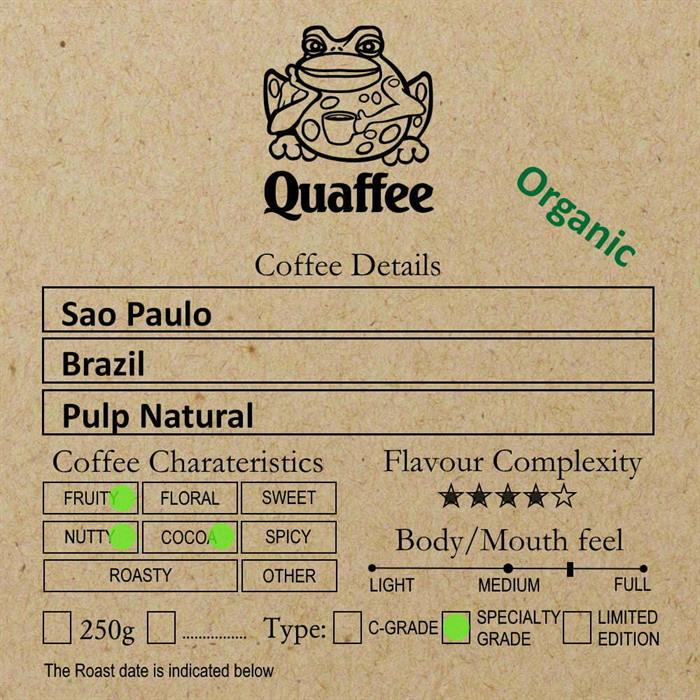
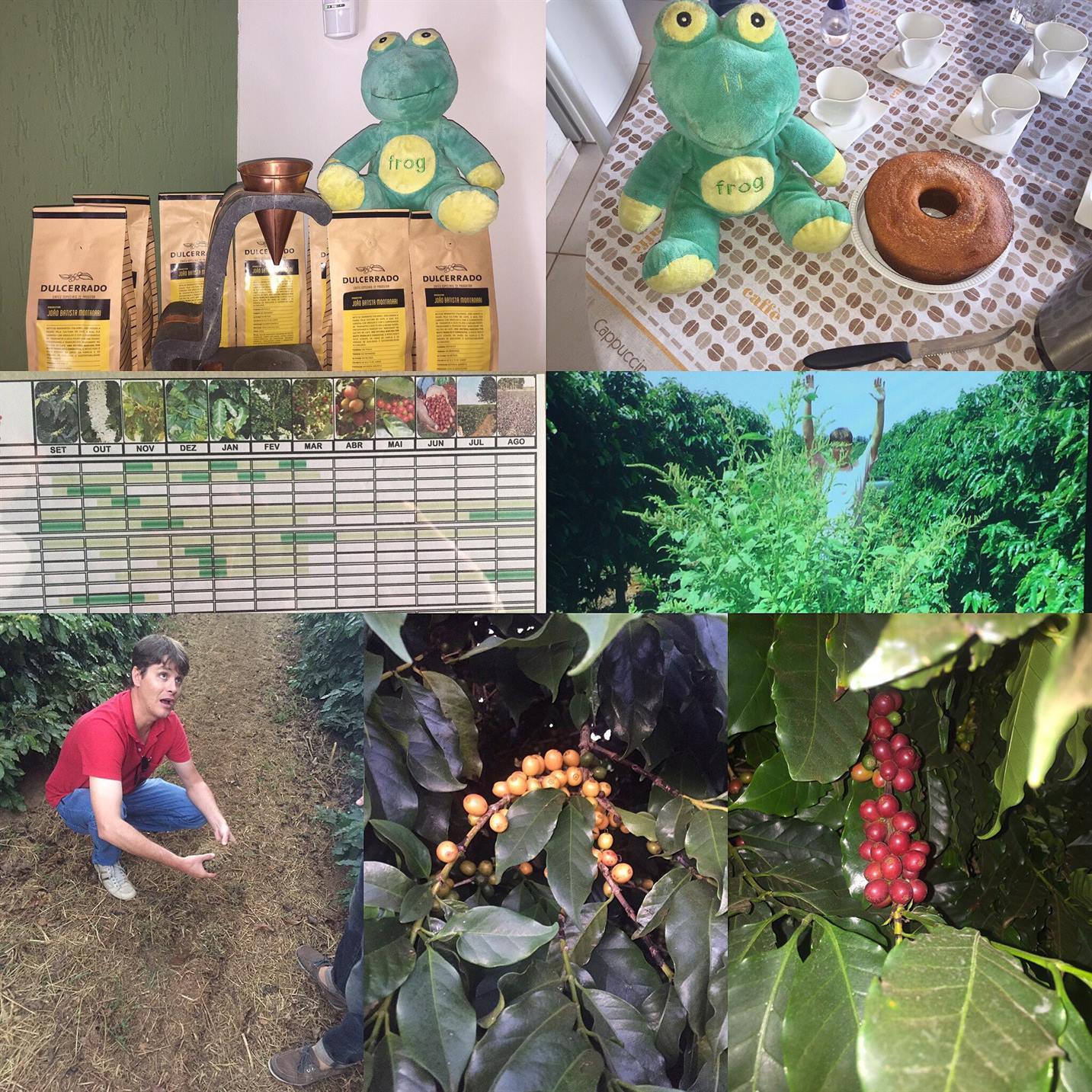





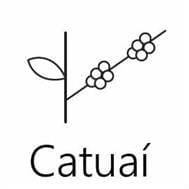

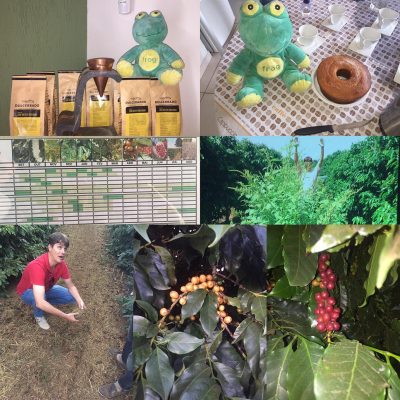






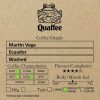
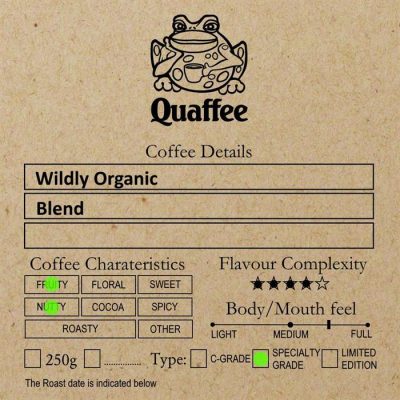
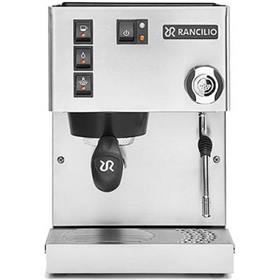
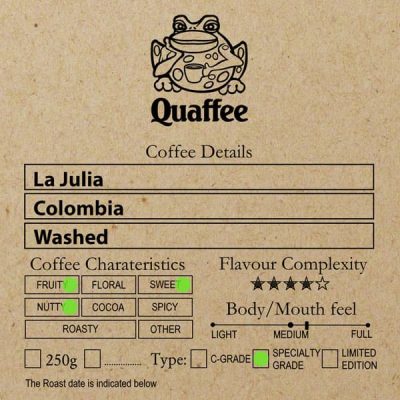
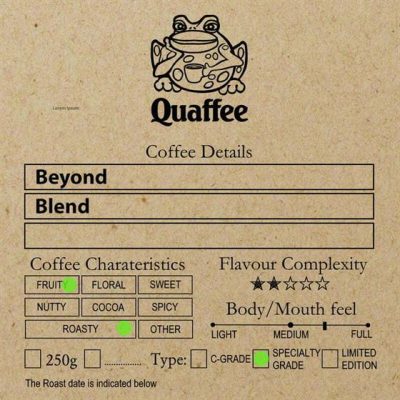
Reviews
There are no reviews yet.